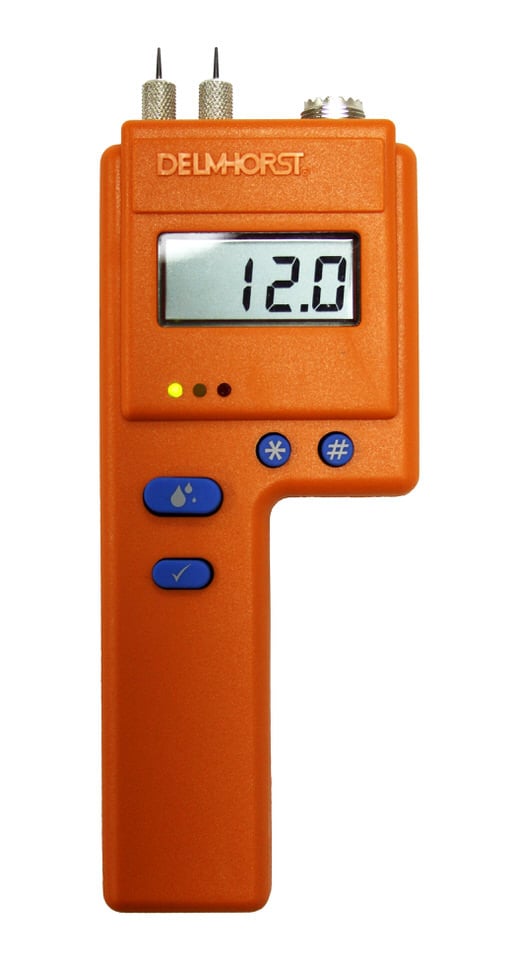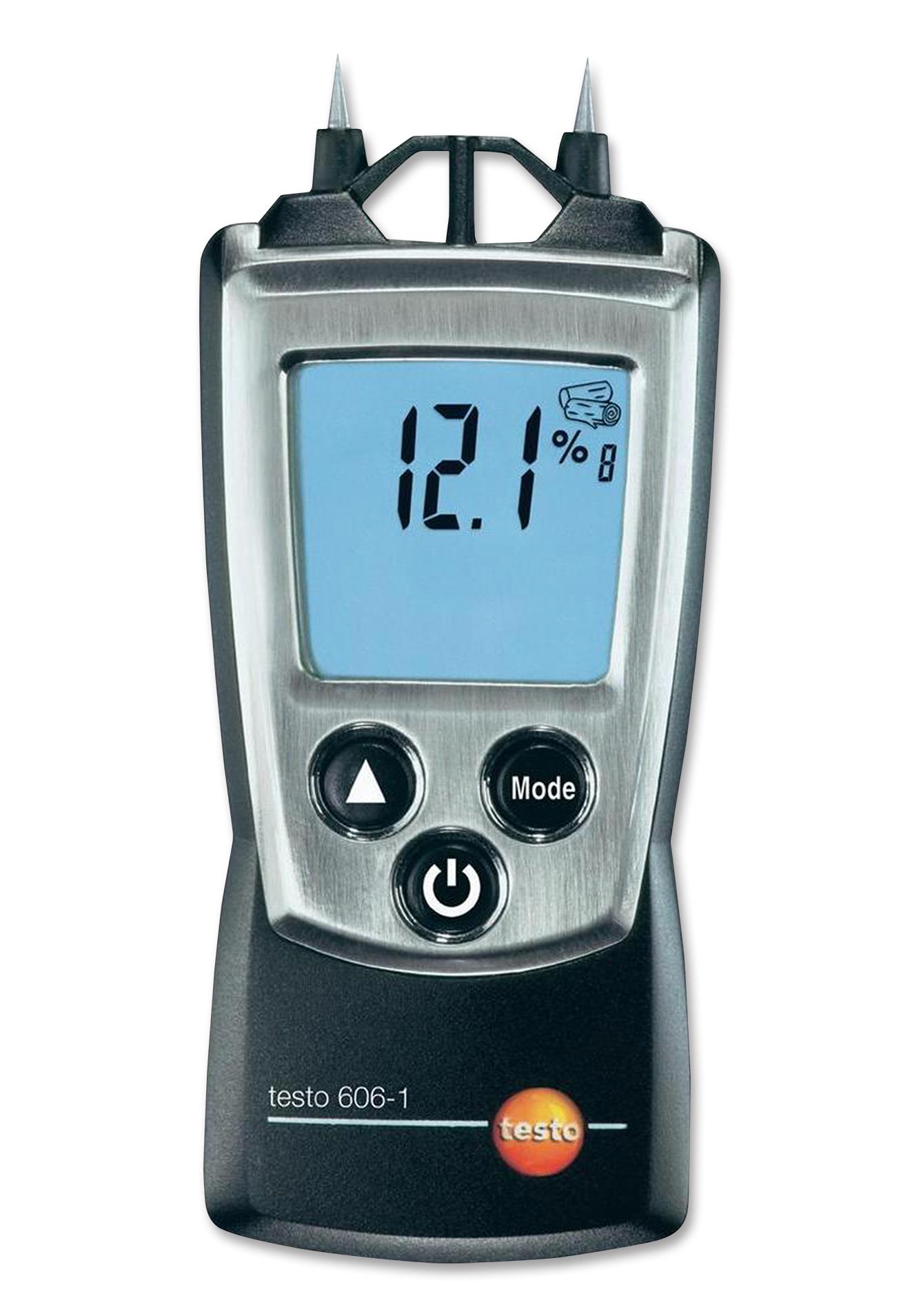Delve Into the World of Moisture Meters: Whatever You Need to Know
In the world of moisture meters lies a globe of accuracy and usefulness that commonly goes unnoticed. These tools, while apparently uncomplicated, hold a wide range of information that can substantially affect various markets and applications. Comprehending exactly how moisture meters operate, the different kinds offered, and their diverse usages can clarify their relevance in making sure high quality and efficiency. By exploring the complexities of wetness meters, one can reveal a beneficial tool that goes beyond mere dimension, providing understandings that can make a considerable distinction in many areas.
How Moisture Meters Work
Moisture meters run by gauging the electrical conductivity or capacitance of materials to establish the moisture material present. These meters are important devices throughout numerous markets, consisting of farming, building and construction, and woodworking. By utilizing different techniques such as pinless or pin-type technology, wetness meters supply exact analyses that aid specialists make informed decisions.
Pin-type moisture meters work by placing the sharp pins right into the product being checked. The electric conductivity in between the pins is after that gauged, with greater dampness degrees bring about raised conductivity. Moisture Meter. On the various other hand, pinless dampness meters make use of electro-magnetic signals to check a bigger location without triggering any type of damages to the product's surface area. These meters are perfect for quickly evaluating moisture degrees in huge locations or finished items.
No matter the approach utilized, wetness meters play a vital function in stopping problems such as mold development, architectural damage, or product issues caused by excess dampness. Recognizing exactly how these meters work is essential for ensuring the high quality and stability of products in numerous applications.
Sorts Of Moisture Meters
Given the essential function moisture meters play in different industries, it is necessary to comprehend the different kinds offered to specialists for precisely assessing wetness levels - Moisture Meter. There are mostly two primary sorts of wetness meters: pin-type and pinless moisture meters

On the various other hand, pinless wetness meters make use of electromagnetic sensing unit plates to scan a bigger area of the product without triggering any kind of damage. This kind is appropriate for promptly scanning big locations and is typically utilized for flooring, wall surfaces, and ceilings. Pinless meters are convenient for taking analyses on finished surface areas without leaving any kind of visible marks.
Both kinds of moisture meters have their benefits and are chosen based upon the particular needs of the task handy. Understanding the differences in between these types is vital for professionals to make precise moisture evaluations.
Applications Throughout Industries
Construction specialists rely on dampness meters to evaluate the moisture levels in structure materials like drywall, concrete, and wood, which is vital for maintaining architectural honesty and stopping issues like rot or mold. The floor covering industry makes use of moisture meters to determine the dampness material in subfloors prior to installing different flooring coverings, stopping pricey damages due to excess wetness. In the i was reading this food sector, wetness meters are used to keep track of and regulate moisture levels in products such as grains, nuts, and dried out fruits to keep freshness and high quality.
Tips for Making Use Of Moisture Meters
Utilize the moisture meter's calibration setups to make certain accurate readings when determining the wetness web content in different products. In addition, make sure the meter is established to the proper wetness range for the material you are gauging to get the most specific outcomes.
When making use of a pin-type wetness meter, place the pins to the appropriate depth recommended for the material being tested. This makes certain that the moisture readings are drawn from the right deepness within the product, giving an extra precise representation of its moisture web content. For pinless dampness meters, keep in mind to maintain correct call with the product's surface to get dependable readings.
Frequently check and change the batteries in your moisture meter to stop imprecise readings as a result of low power. When not in usage to prolong its life expectancy and maintain its accuracy, Shop the meter in a safe and completely dry area. By following these ideas, you can take full advantage of the efficiency of your moisture meter and get precise wetness web content measurements across various products.
Maintenance and Calibration
To make sure the precision of moisture content dimensions, normal maintenance and calibration of the wetness meter are crucial action in its appropriate performance. Upkeep involves keeping the wetness meter totally free and tidy from debris that might influence its readings. It is very important to follow the maker's standards for cleansing to protect against damages to the device. Additionally, routine calibration is required to verify the accuracy of the readings. Calibration changes the wetness meter to make sure that it supplies regular and reputable results.
Calibration must be done regularly, particularly if the moisture meter is used regularly or in essential applications where specific dimensions are called for. Numerous moisture meters feature calibration devices or can be pop over here calibrated by professional solutions. Moisture Meter. It is advised to keep a log of calibration dates and results to track the efficiency of the wetness meter gradually. By preserving and calibrating the dampness meter regularly, customers can trust the accuracy of the dampness material dimensions acquired.
Verdict

In verdict, moisture meters play a vital duty in various markets by properly measuring the moisture web content of products. Understanding exactly how these tools work, the different types readily available, and proper upkeep and calibration are essential for obtaining trustworthy results. Whether in building, production, or farming, making use webpage of dampness meters aids ensure quality control and effectiveness in processes.

In conclusion, moisture meters play an important function in different markets by precisely measuring the moisture web content of products.